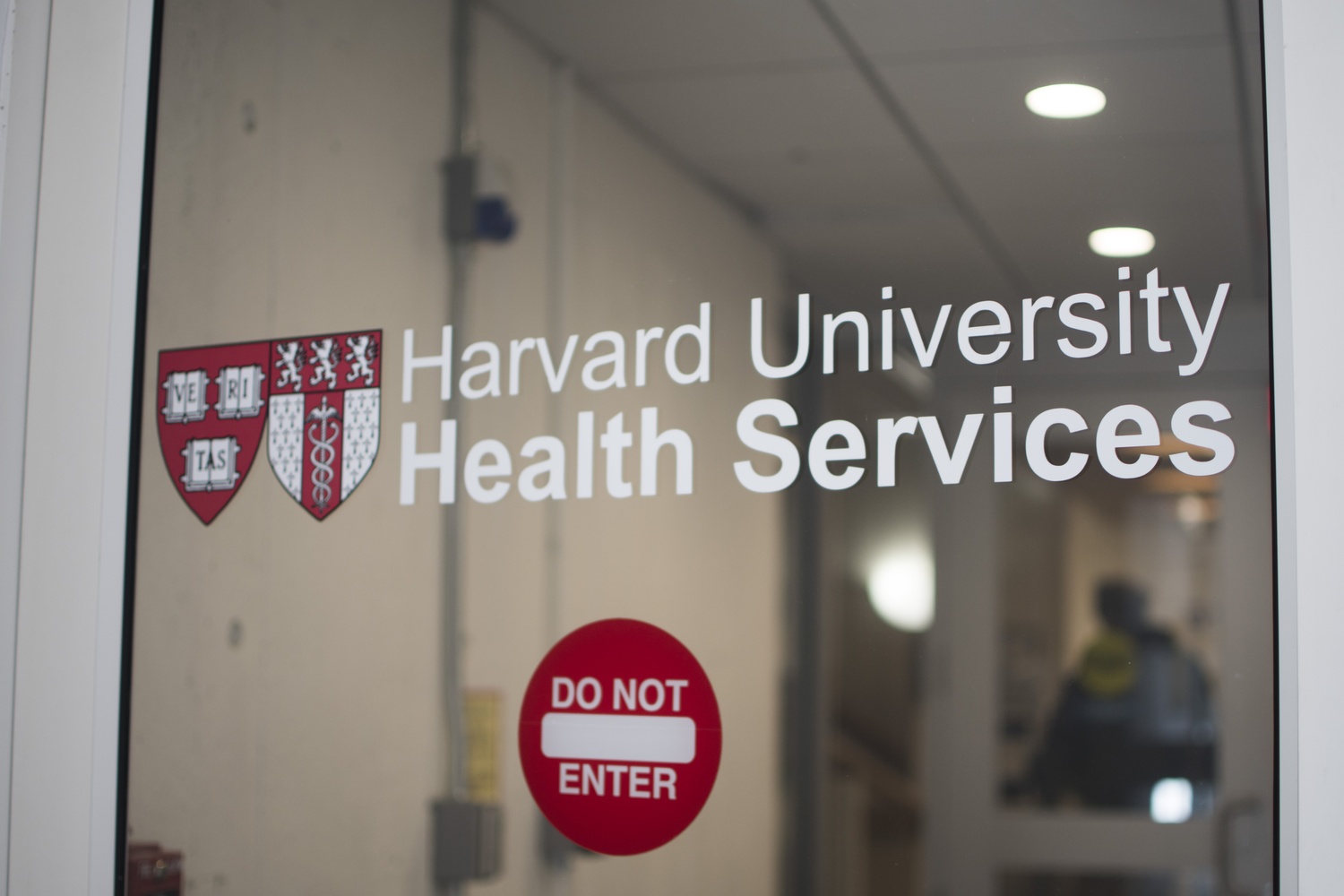
News
Summers Will Not Finish Semester of Teaching as Harvard Investigates Epstein Ties

News
Harvard College Students Report Favoring Divestment from Israel in HUA Survey

News
‘He Should Resign’: Harvard Undergrads Take Hard Line Against Summers Over Epstein Scandal

News
Harvard To Launch New Investigation Into Epstein’s Ties to Summers, Other University Affiliates

News
Harvard Students To Vote on Divestment From Israel in Inaugural HUA Election Survey
CrimsonEMS Launches New Blood Control Initiative

CrimsonEMS—a student-run volunteer Emergency Medical Service—has launched a “Stop the Bleed” initiative focused on increasing knowledge of bleeding control techniques in the case of public emergencies or medical accidents.
The group plans to begin public blood control technique trainings before the end of the school year, according to Harvard University Health Service administrator Susan Fitzgerald.
After attending the National Collegiate EMS Foundation conference in February, members of CrimsonEMS learned of the Stop the Bleed initiative, which was started by the White House in Oct. 2015 as a “national awareness campaign.”
Fitzgerald said recent events of mass violence like the shooting at a Parkland, Fla. high school and awareness campaigns like National Stop the Bleed Day on March 31 have indicated the necessity of this new initiative.
“You don’t need to wait for a national disaster. You don’t need to wait for a mass shooting,” Fitzgerald said. “This is the time of year to push this. This is a way to raise consciousness.”
Fitzgerald, an HUHS nurse leader and CrimsonEMS clinical liaison, said contrary to what some people think, blood loss emergencies can happen as a result of everyday situations.
“These can be a result of a car accident, a household kitchen accident, or something as simple as somebody falls off a metal bleacher and gashes their leg,” Fitzgerald said.
After coming back from the national conference, CrimsonEMS assembled a "bleeding control task force," whose goal it is to further the Stop the Bleed initiative by ensuring as many University affiliates as possible understand how to respond to bleeding emergencies.
“We plan to do so by publicizing the importance of the initiative, holding instructor and general bleeding control courses, securing funding for training materials, and pushing for our long-term goal of installing bleeding control kits in AED [automated external defibrillator] cabinets around the Harvard campus,” Sienna R. Nielsen ’19, CrimsonEMS community outreach officer, said.
Stop the Bleed Kits are currently available in all the AED cabinets at HUHS.
Fitzgerald said the new initiative will come with financial challenges in the long term, as CrimsonEMS hopes to supply blood control kits across campus. She said the group will focus on trainings first and infrastructure later.
“Very often the training part is the easiest because it doesn’t require very much. It’s just people training people and then empowering them with that knowledge,” Fitzgerald said. “The next phase is getting all the stuff labeled and out there where people can get it.”
In total, 5 percent of Harvard undergraduates have been CPR-trained, and CrimsonEMS leaders said they hope blood control trainings will further campus preparedness so people are ready to act when emergencies strike.
“We began to see this as a natural progression, that once people have learned CPR, learning how to stop bleeding is the next step,” Fitzgerald said.
—Staff writer Ahab Chopra can be reached at ahab.chopra@thecrimson.com. Follow him on Twitter @ahab_chopra
—Staff writer Ashley M. Cooper can be reached at ashley.cooper@thecrimson.com. Follow her on Twitter @ashleymcooper_
Want to keep up with breaking news? Subscribe to our email newsletter.
